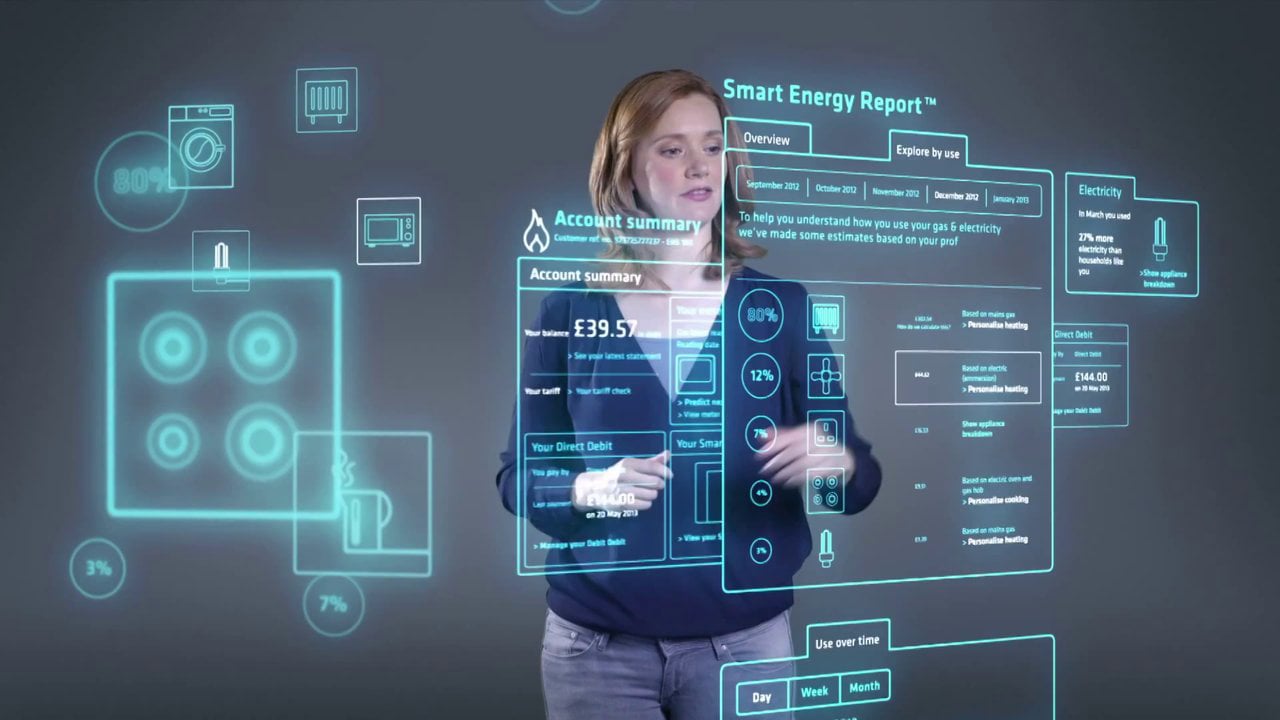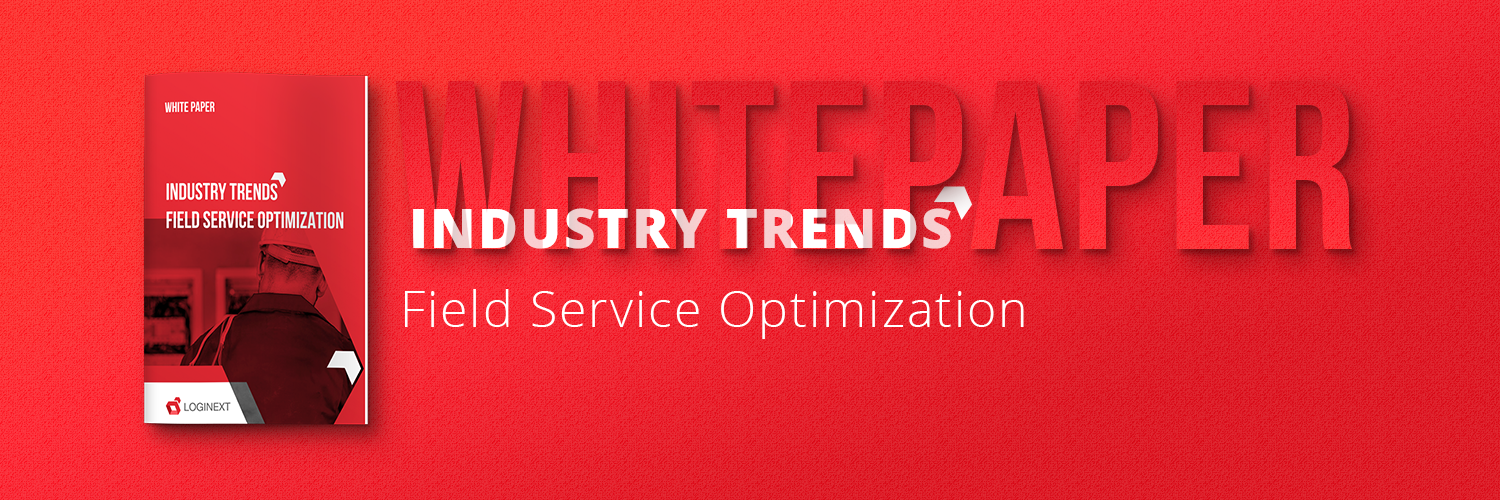How Field Agent Management Can Change Smart Grids and Advanced Metering Infrastructures
You must be aware that you regularly pay for the water, gas, and electricity you use in your house. Do you know how these services are monitored and monetized? Do you know that you could now track all your energy utilization in real-time and better manage your billing? All this, and much more, is possible with the advent of technological disruptions in the utilities or home services management industry.
The home services (Utilities) management industry has moved leaps and bounds in terms of tech evolution with the adoption of Internet of Things. Connected devices, right from the appliances in your house, to the meters monitoring your usage, the collectors collating the metering information feeding it into the head-end system or the meter control system run by the distribution system operator, converse with each other through regular interrogations. Interrogations are two-way information exchange; metering data and device health status from the home area network (HAN) or the neighborhood area network (NAN), and performance commands from the head-end system, through the wide area network (WAN) and into the comprising NAN and subsequent HAN. This way the distribution system operator can check the demand across the grid and better manage the power load.
This system is known as the Advanced Metering Infrastructure.
Emerging from the shadows of Automatic Meter Reading (AMR) units, advanced metering infrastructure gave rise to the dynamic and evolving nature of the industry. With the continuous communication between the meters within the HAN and the collectors in the NAN, utility service providers can chart energy usage across demographics and geographies much more accurately giving way to an automated system of demand management and invoicing.
How Does Automated Field Agent Management Help the Advanced Metering Infrastructure?
Field agent management software, such as LogiNext’s FieldTM, integrates with the Metering Data Management (MDM) System of the distribution system operator. LogiNext’s field agent management software tracks the active field agents as they monitor the network at its base working level. Here there are two task flows for the field agents.
Capturing Metering Information in the MDM

Metering Data Management
The field agents are assigned routes which they take to capture the data emanating from the meters in the HAN and NAN. This metering information can be captured in two ways: walk-by and drive-by. Walk-by is when the field agent ‘walks’ or moves along the designated route. The field agent carriers a wireless collector, a device that ‘interrogates’ the meters to get the data. As the field agent moves, the collector automatically captures all surrounding information and transmits it back to the head-end system. The drive-by is the same process but at a much faster pace. The key difference is the frequency of interrogations that the collector makes. Each interrogation takes up some battery life. A drive-by would give you a larger base of information, but the walk-by would give you much more in-depth information.
Field agent management software optimizes the routes taken by these field agents to maximize the base quantity and the depth quality of the information collected in the trips. The core algorithm behind LogiNext’s distribution management software plans the most optimized route for the field agents through territorial geo-fencing and mapping. With millions of such active meters in an average city, automated field agent management is the only way to effectively cover the entire expanse of the geographical limits (serviceable area) for the distribution system operator.
With advancements in the line of the Internet of Things, the information capturing system is being automated in a way that the entire exchange is completed through direct interrogations between the machines involved. This is some way in the future but it seems like the likely destination.
Component Maintenance Across the Distributed Network

Worker Electricity Electric Building Electrician
Even in the future with the possibility of the automation of the entire information capture cycle, field agent management would not be obsolete. Each interrogation between the connected devices, and the custom frequency of such interrogations, pushes the involved components through some wear and tear. This wear and tear gradually erode the performance capabilities of the devices.
In a recent study showed that the Smart Grid Demonstration Program supported by the U.S. Department of Energy had 300,000 ‘smart meters’ installed in select areas, with 271,000 of them being used in residential set-ups. The smart grid is an evolving concept which could effectively create a cost-effective and wide-reaching distribution network for energy and basic utilities. However, all such smart or regular meters require constant maintenance checks and services. An effective field agent management software, as seen before, can integrate with the head-end system to automate the allocation of service alerts as they arise from the devices.
When a device requires servicing, an alert/request is generated which is transmitted to the head-end system. LogiNext’s field agent management software then allocates the task to the ideal field agent with the technical capabilities required to fulfill the service request. The field agent is then sent across optimized routes to reduce the travel time and increase on-time service fulfilments. The field agent can also electronically capture the proof of service fulfillment, in-turn giving the professionals supervising the distribution network some validation, while giving the end-service user clear assurance and proof of resolution of issues.
Dwight Duncan, former Ontario Minister of Energy noted, “Smart meters will empower consumers to better manage their electricity costs and respond to pricing incentives that encourage both conservation and load shifting to off-peak periods.”
Effective field agent management is the missing link between smart-grids within an advanced metering infrastructure and consumer assurance and satisfaction.
Image Credit: Cover Image previously used in IoT.do.
143 2









THANKS to developers or this amazing software!
Pingback: Sonya_t | Pearltrees